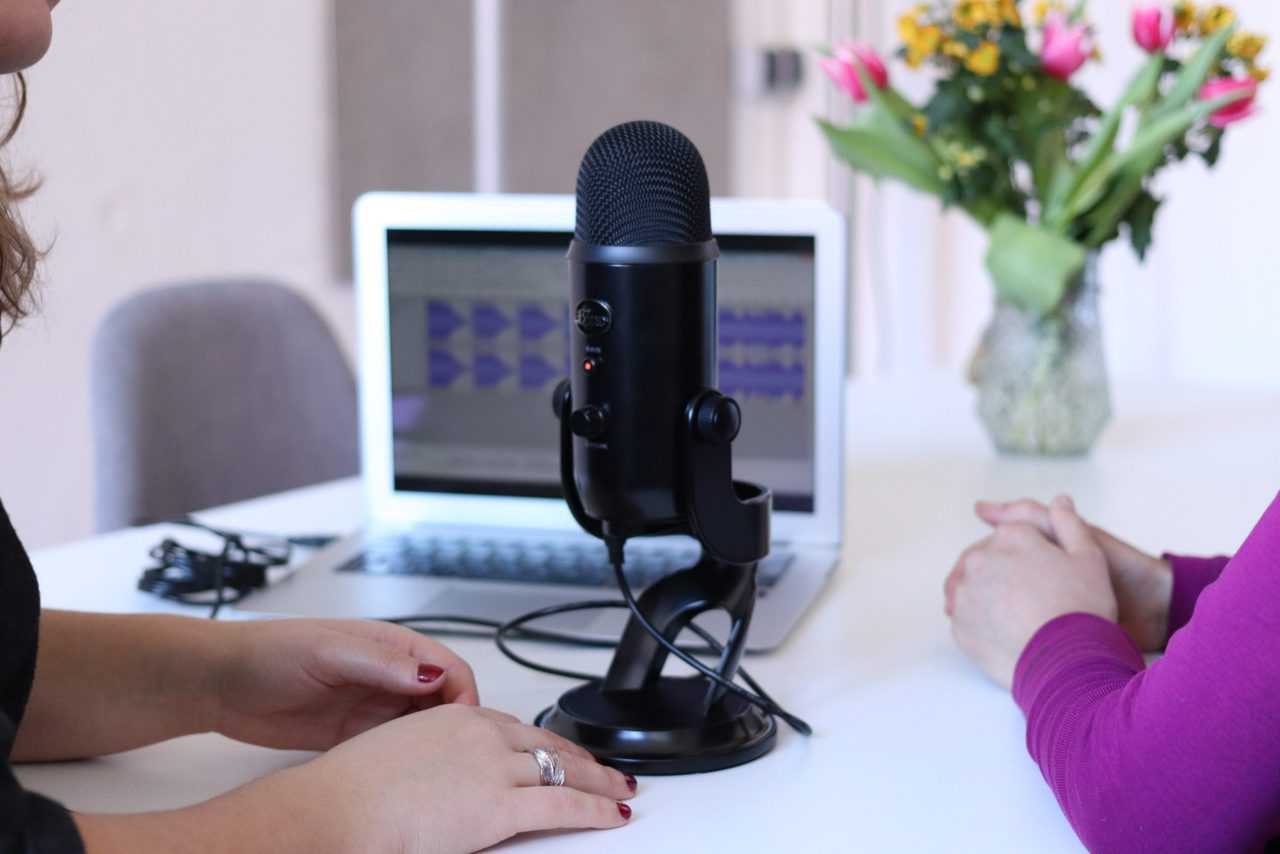Podcasting has become very popular and more and more content creators are getting into it as it is fairly easy to set up. So, what is a podcast, you ask?
A podcast is a digital audio file on the Internet that is available for streaming or downloading to your device. Usually, a podcast is a series of episodes that covers certain topics.
In this tutorial, we will cover the basics of a podcast, go through various useful plugins, required equipment, and hosting services. This will help you understand what a podcast is and what it takes to set it up properly.
How Does a Podcast Work?
In order to share your podcast with your fans, you will need an audio file and an RSS feed. The good thing is that WordPress has a built-in RSS feed for blogs, so that takes care of that. A podcast can be streamed to various applications, such as iTunes or Soundcloud. It is recommended to try various applications for your podcast to increase your podcast’s exposure, which will widen your audience and you’ll see which one works best for you.
How to Set up a Podcast?
Besides a decent modern PC and the Internet, you will need different types of equipment and tools. For starters, you will need a website (e.g. WordPress site) where people will come to listen to your podcasts. The second thing you’ll need is recording and editing tools, along with some basic knowledge on how to use them. We’ll cover this as we go through the rest of our tips and tricks.
Domain Names and Hosting
Now that we have established some of the basics, let’s get into domains and hosting.
Even though it is possible to set up a podcast without having a website, it is not recommended as you’ll be missing some of the important features. Having your own site will give you more possibilities and you’ll be able to promote your brand(s) and monetize your content.
To set up a website, you’ll need a domain and hosting provider. To check if the wanted domain is free, click here.

Self-hosted WordPress is a good start as it has a modern design and is easily manageable. You can choose from many different themes and use various plugins to increase site responsiveness, traffic numbers, SEO, SER, and strengthen the site’s security. It is completely up to you and can be changed later down the road.
Many would argue that choosing the domain name is simple, but take your time and think well, as this will be your brand name of sorts. Think of it as a first impression, as this is what your viewers first come in contact with. After choosing the domain name, you have to choose the right hosting provider. At first, you won’t need the greatest hosting out there, so no need to break the bank there and you can always upgrade it later on.
Honorable Host Mentions
- SoundCloud – not exactly a podcast host, but is broadcast-oriented for audio files.
SiteGround – it makes your WordPress site management easier and is user-friendly. - Blubrry – greatly optimized for WordPress, and with the Blubrry PowerPress plugin, you can manage your podcast through your WordPress dashboard.
- Libsyn – optimized RSS feed, connects you to your audience on different platforms.
Recommended Equipment
I cannot stress this enough- you need a quality microphone and preferably an isolated room without any background noise! The quality of audio will greatly depend upon it, and you should take this seriously. Ask yourself – would you listen to some badly recorded audio and be able to live with it? Of course, you wouldn’t, so record quality content and your audience will appreciate it.
 There are many decent microphones out there and you can actually find them decently priced. If you are on a tight budget, something from Blue, e.g. Yeti or Snowball – is a good choice for starters. Also, Samson is a reputable brand and is budget-oriented, so it is worth checking them out as well. However, if you have got money to burn, or simply money is not a problem, Rode microphones are very robust and offer superb quality over these other microphones. Rode NT or the Rode Podcaster might be the right tool for you then.
There are many decent microphones out there and you can actually find them decently priced. If you are on a tight budget, something from Blue, e.g. Yeti or Snowball – is a good choice for starters. Also, Samson is a reputable brand and is budget-oriented, so it is worth checking them out as well. However, if you have got money to burn, or simply money is not a problem, Rode microphones are very robust and offer superb quality over these other microphones. Rode NT or the Rode Podcaster might be the right tool for you then.
Some more expensive products come with pop filters for microphones, which makes your plosives (sounds /p/, /t/, /k/, /b/, /d/, and /g/) sound more natural and removes popping sounds. Even with the best microphone out there, if your room is not isolated well or you have some background noise, you’ll need additional tools to edit your content. Furthermore, if you are serious about this and want to make quality content, it is best to use professional tools such as Adobe Auditions or Audacity to edit and export your audio files for your podcasts.
Recommended Tools
To maximize the quality of your audio content for your WordPress podcast, you will need some additional tools that will help you edit your files. These tools will remove hissing sounds, adjust volume levels, enhance the quality and therefore allow you to do pretty much anything you want if you’ve got the skills.
- Audacity – number one free tool for recording editing sound files (mp3). It is open-source, meaning it is free, audio software for recording and editing audio content. Also, it is cross-platform, supporting most of today’s operating systems such as Windows, Mac OS X, and GNU/Linux. You can find various tutorials that will cover the basics of Audacity without taking too much of your precious time. Audacity supports all of the key features for audio editing and is very user-friendly.
- Adobe Auditions – a professional tool for editing, mixing, recording, and restoring audio files. Easier to work with than Premiere, which is a big plus. It is highly recommended among the experts. This powerful tool is designed to accelerate video production workflows and audio finishing, delivering a polished mix with quality sound.
- Adobe Premiere Pro – the most popular professional video and audio editing software.
Professional editing software with endless features. Recommended for advanced users with spare time on their hands. Most importantly, you don’t need any additional editing software if you know your way around it.
Useful WordPress Plugins
A WordPress plugin is a tool that you can add to your self-hosted WordPress site. It adds new features to your WordPress site and/or improves the site’s functionality and response. To use a plugin, you have to install it on your WordPress site and then configure it through the dashboard. It is highly recommended to install plugins that improve your site’s performance and make it rank better in search engines (Google, Bing). These plugins will improve your SER and therefore increase your audience.
- Buzzsprout – offers secure and reliable hosting to full iTunes support, HTML5 players, statistics, and has everything you need to publish and promote your podcast online. It is easy to install into your WordPress dashboard and works with all self-hosted WordPress accounts.
- PowerPress Podcasting plugin by Blubrry – Features full Apple & Google Podcasts support and has integrated HTML5 Media Players. Also features podcasting SEO, podcast importing, migration tools, Multi-podcast, Multi-languages, locales and emoji support.
- Simple Podcast Press – a simplified podcast player for growing your audience, boosting downloads and increasing user engagement. In seconds, it can make a unique page for each podcast episode and automatically show the full description and images from the podcast feed.
- Seriously Simple Podcasting – Easily import your podcast content into your WordPress site with one-click imports. Available to all Seriously Simple Podcasting users, which is good for migrating an existing show into WordPress. Supports multiple podcasts on the same site and each with their own RSS feed.
At first glance, it might not seem easy to follow all of these steps and start a podcast with WordPress. However, with just a bit of research and careful planning, you can come up with doable ideas. If you have been thinking about this a lot, my guess is – you want it. So, go for it!
